|
I’m thrilled to announce that Jason Broede, Carol Broede, and Eric Olson have donated six exquisite artworks to the James E. Brewton Foundation. We are deeply grateful for this generous gift: The Pataphysics Times and The Chinese Lincoln prints, a portrait, and three outstanding abstract mixed-media works.
Ubu’s Military Mind is a fantastic portrait, in metal and miscellany, of Alfred Jarry’s monstrous Père Ubu character. The earliest piece in this collection, it showcases important elements of Jim’s creative development, when he began using Jarry’s concept of ’Pataphysics as the engine for his artistic practice, which he called “Graffiti Pataphysic.” The piece was most recently shown at Jim’s first solo show since 1971, “Graffiti Pataphysic, for all mankind,” 21 March-1 May 2014, at Slought, 4017 Walnut St., Philadelphia. Jim’s flair for elevating mundane materials is especially apparent in X and An Egg Carton for the Wall. X, a square mixed-media work on canvas, is a magical piece: with discarded silverware packaging, Jim conjured an ancient frieze depicting some sort of supplication to the sun. “X” refers to the small white “x” Jim stenciled onto the canvas, marking the spot where he’d stuck a perfume ad from a magazine and then peeled it off. “X is truly a show-stopper,” says Carol, “and it was such fun to take a look once in a while at The Pataphysics Times and read something.” The Brewton Foundation’s board of directors and I are extremely grateful to Jason Broede, Carol Broede, and Eric Olson, for their generosity.
These beautiful works are important examples of Jim’s Graffiti Pataphysic practice, and we're thrilled to have them in the Brewton Foundation collection. Yours,
0 Comments
We're pleased that a work by Jim Brewton is included in 'Invisible City: Philadelphia and the Vernacular Avant-garde,' curated by Sid Sachs, Director of Exhibitions, Rosenwald-Wolf Gallery, and assistant curator Jennie Hirsh. This sweeping survey will take place in three venues at the University of the Arts and at the Pennsylvania Academy of the Fine Arts. We're pretty sure Brewton's piece will be displayed at The Philadelphia Art Alliance, 251 S. 18th Street, on Rittenhouse Square.
Opening reception: Thursday, Jan. 30, 6:30 to 8:30 p.m., at the Art Alliance. 'Invisible City' is the culmination of a massive research project led by Sid Sachs, which includes an extensive, searchable database of Philadelphia's avant-garde connections. The 'Invisible City' team filmed fascinating interviews with key members of Philadelphia's avant-garde community, including Brewton's friend Jim McWilliams, as well as Harry Anderson, John Ollman, Richard Saul Wurman, Mark Campbell, Joseph Rishel, G.H. Hovagimyan, Cynthia Carlson, Joan Kron, Denise Scott Brown, Ruth Fine, David Slovic, Judy Lieb and Diane Burko. The project is supported by The Pew Center for Arts & Heritage. Thanks to Emily's aunt Rebecca, another Brewton painting has been found! Here it is, "Cabin, Stream, and Willow Tree" (1963), 9" x 13": Jim and Emily's mother, Barbara Holland, spent much of 1962 in Denmark, where Jim worked with Erik Nyholm and Asger Jorn. Barbara wrote a short story called "Cabin, Stream, and Willow Tree," published in Seventeen magazine's November 1962 issue. Although she kept most of her published stories, we can't find this one in her files. The New York Public Library doesn't have it, and Seventeen didn't answer a query.
We were just looking for the story a few months ago, and never expected the painting to pop up! A thousand thanks to Rebecca Holland Snyder for finding it in Virginia, and shipping it to us in New York! Maybe someday we'll find a copy of the story. In the last months of his life, Jim showed his masterpiece, "København," part of his ongoing dialogue with Asger Jorn. "København," with references to Picasso's "Guernica" and Jasper Johns (the lightbulb), was a direct response to Jorn's masterwork, "Stalingrad." (Showing only a detail here.) Its full name as listed in the show catalog is "The Bombardment of København in 1801 by Vice Admiral Lord Nelson or The Mad Laughter of Courage II (Til: Asger S. Trine)" "Til" means "to" in Danish, and I think the "S." is a typo and should have been "&." Trine is Katrine Nyholm; this is the seventh known picture Jim dedicated to her. This show ran from March 17 through April 16, 1967. Jim committed suicide on May 11 and, four days later, his work was shown at Perakis Gallery with that of Jim McWilliams, Thomas Chimes and Paul Anthony Greenwood. McWilliams remembers Jim's widow as trying to prevent them from including Jim's work, and "finally we just barged into his studio and took it."
In 2008, when I first began looking for Jim's artwork, I heard a great story from Dan Miller, his classmate at the Pennsylvania Academy of the Fine Arts. Dan went on to teach at the Academy for (I think) more than 50 years, and is the subject of a documentary by John Thornton. Dan said "Jim's death diminished us all," and told me a story: One day Jim came in to school and said he'd heard he'd get more money under the G.I. Bill if he were married. "So he walked down the hall, asking every girl he saw to marry him. One of them said yes. So they were married." And, said Dan, "I assume he got more money." When I told the story to other friends of Jim's, one of the women said, "Jim asked me to marry him, too."--Emily May 11 will mark 50 years since Jim Brewton's death. We've been reposting some snippets on the Foundation's FaceBook page; here's one:
"Here's a baby photo of Jim Brewton I came across in 2009. I was visiting my stepfather, Mark Schilling, and we were sitting around the kitchen table looking through a small wooden box of old family photos. Mark offered me whatever pictures I wanted. I chose a couple of snapshots of my mother with her brother Nick. "Suddenly I noticed a narrow little photo of Jim as a baby, beautifully worn as if it had once ridden around in a wallet for some time. What was it doing there in the Schilling boxhold? And how cool that I was able to instantly recognize the baby as Jim." --Emily Today a collector sent us pictures of these two splendid paintings, from Jim's time in Denmark in 1962. The collector has kindly given us permission to share these images. You can really see Asger Jorn's influence in them. Jim was electrified when he learned about CoBrA while working at The Print Club in Philadelphia; he jumped at the chance to go to Denmark and make art with Erik Nyholm, Asger Jorn and their friends. What a joy to see images of these fabulous, colorful artworks! Happy holidays, everyone! And thank you to all Brewton collectors and friends. Please stay in touch!
We're thrilled to announce that John Heon has joined the Brewton Foundation's Board of Directors.
John holds a doctorate in English with a concentration in psychology and the history of science from the University of Pennsylvania, where he received the Arts and Sciences Distinguished Teaching Award, the Dean’s Scholar Award, a Benjamin Franklin Fellowship, a Mellon Dissertation Fellowship, and the Penn Student Course Review’s “Hall of Fame Professor” designation. He has also taught at the University of Wisconsin-Madison and Marquette University and has worked in the education department of the Phillips Collection. His areas of scholarly interest include modern and postmodern literature and art, avant-garde comic aesthetics, Alfred Jarry and ’Pataphysics, the relationship between psychopathology and creativity, and the effects of science and technology on culture. He is a founding co-director of the Philadelphia Avant-Garde Studies Consortium (www.pasc-arts.org), serves on the Advisory Board of the Penn pre-medical journal, “Synapse,” and has an educational and career consulting practice specializing in the psychological factors that affect academic and professional performance. John has been a champion of Jim Brewton's work since we began planning the ’Pataphysics conference in 2014, and we thank him for joining us. We're thrilled to see these water colors by Jim Brewton, from a private Copenhagen collection. The collector recently let us know about his artworks, very happy news!
Jim's water colors from 1962 were sold through the Galerie Moderne in Silkeborg, Denmark. He also showed some water colors in his solo exhibition at Makler Gallery in Philadelphia in 1963. We have located only one of the pictures from the Makler show; for the rest, all we have is a list of titles. Owners, please come forward! We absolutely respect your privacy, and knowledge of the artworks is extremely helpful. I've been updating the catalog of Jim's works since it was a list of only 14 known paintings and prints. That was in February 2008. Happily, today the works we've located--and the 44 documented paintings we still seek--take up a lot of pages.
Just finished updating v.13, and creating a key to the works. |
Topics
All
Posts
June 2024
|
Copyright © 2024 by James E. Brewton Foundation, a Pennsylvania-based 501(c)(3) nonprofit. Thank you for visiting.
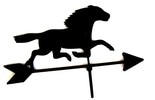
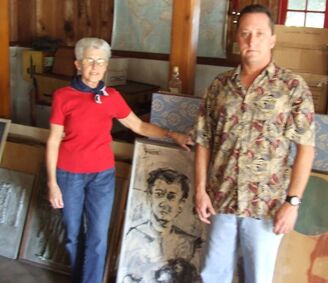
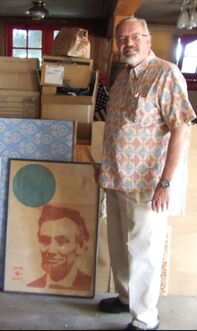

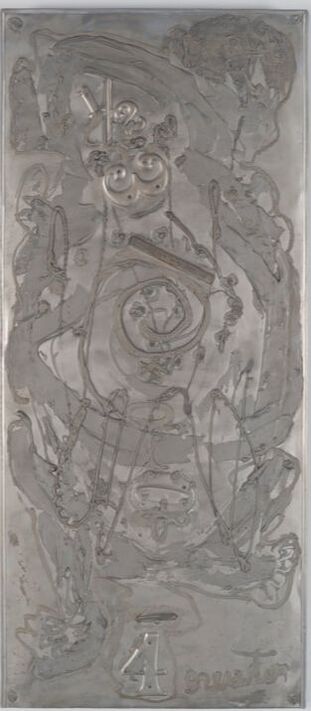
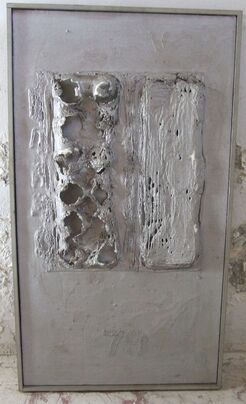
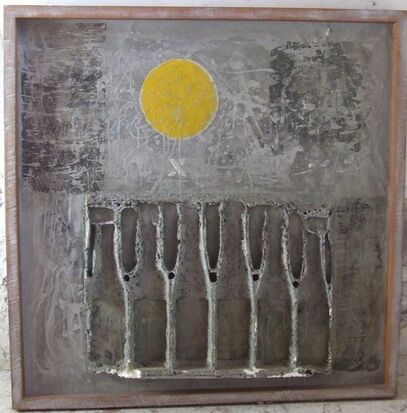
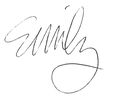
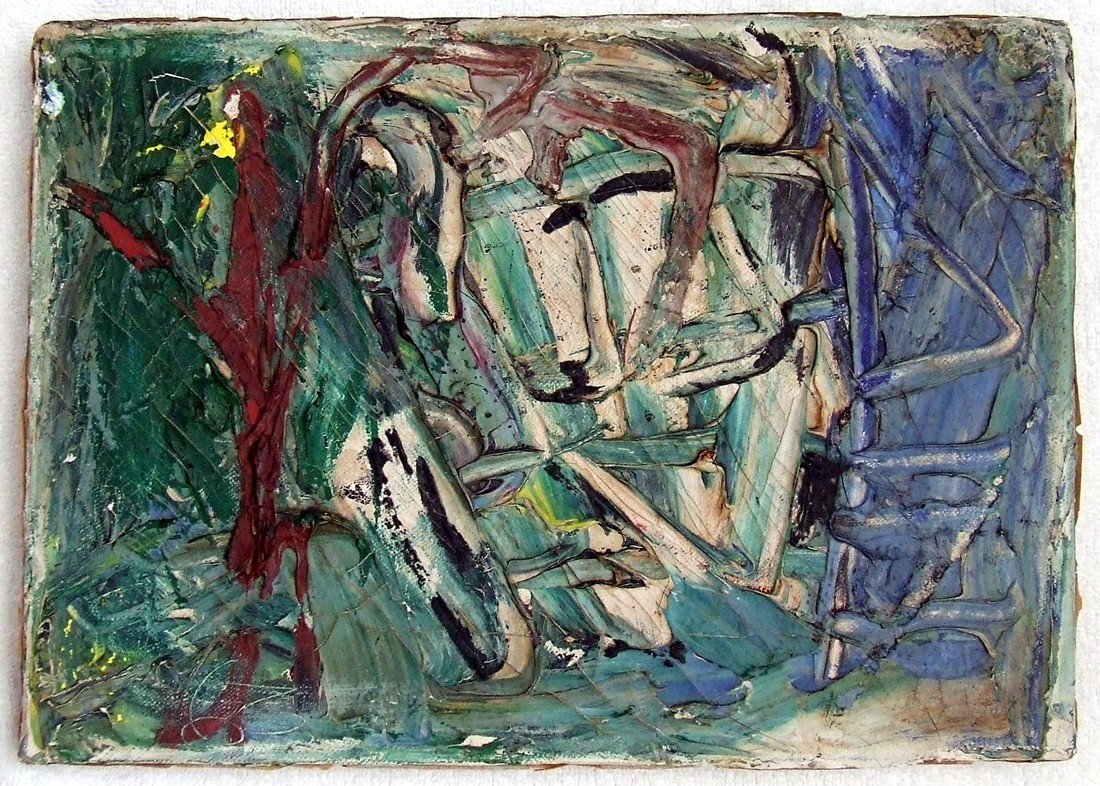
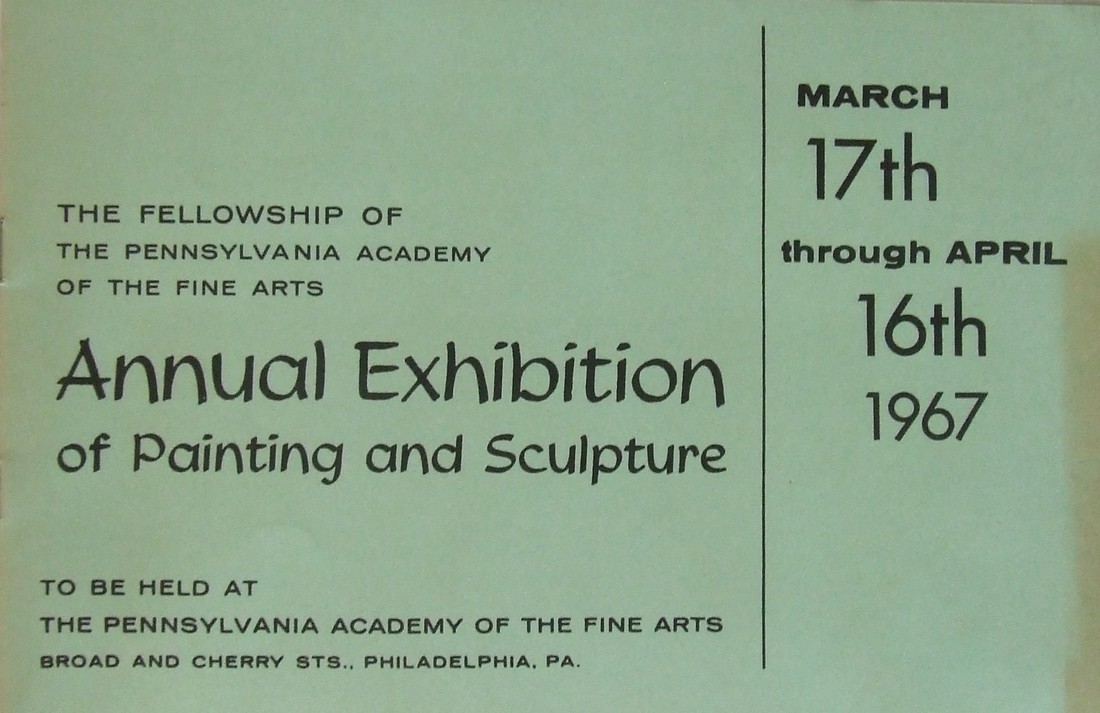
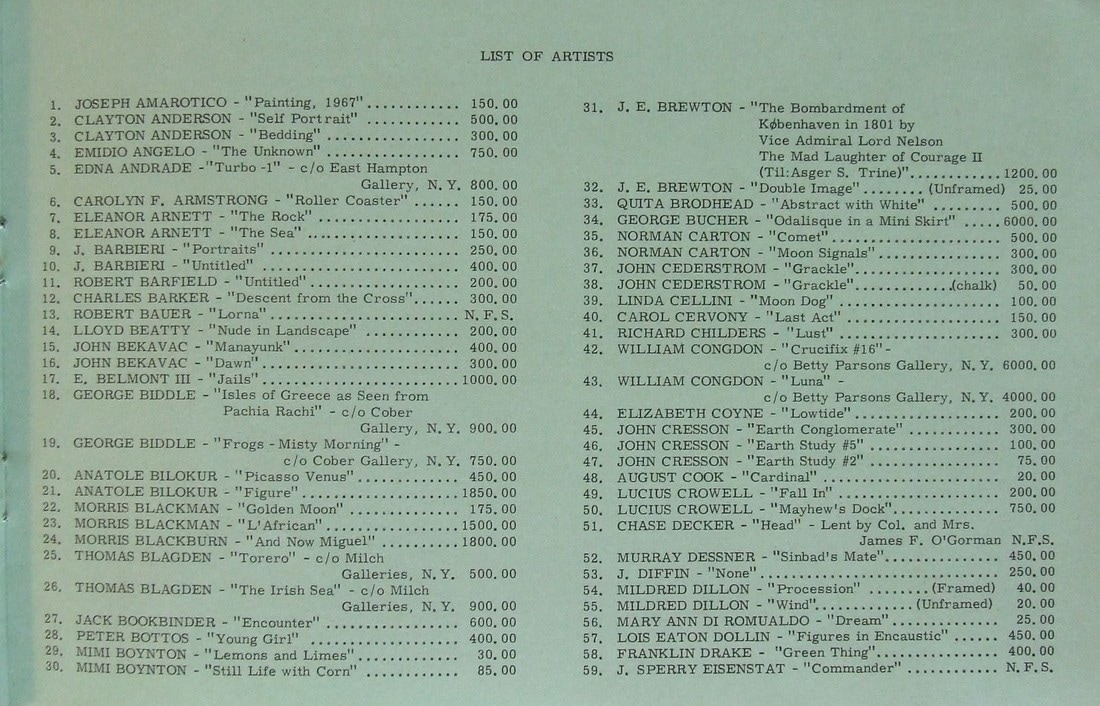
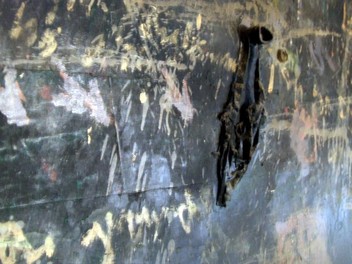
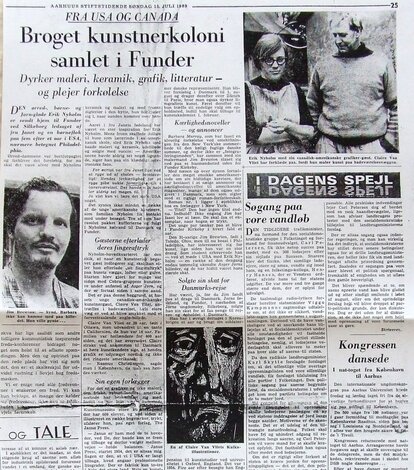
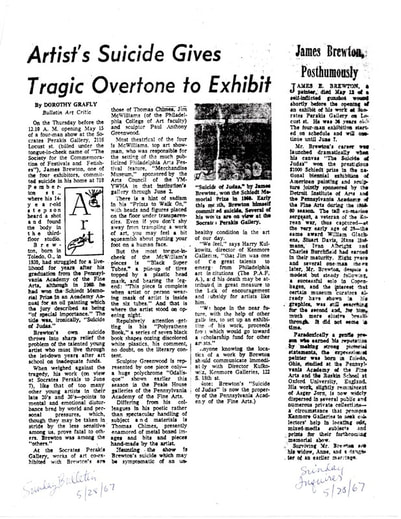
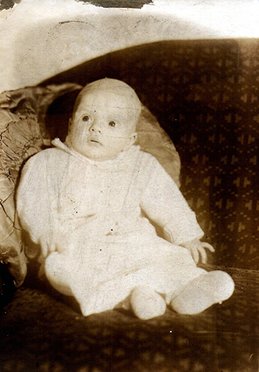
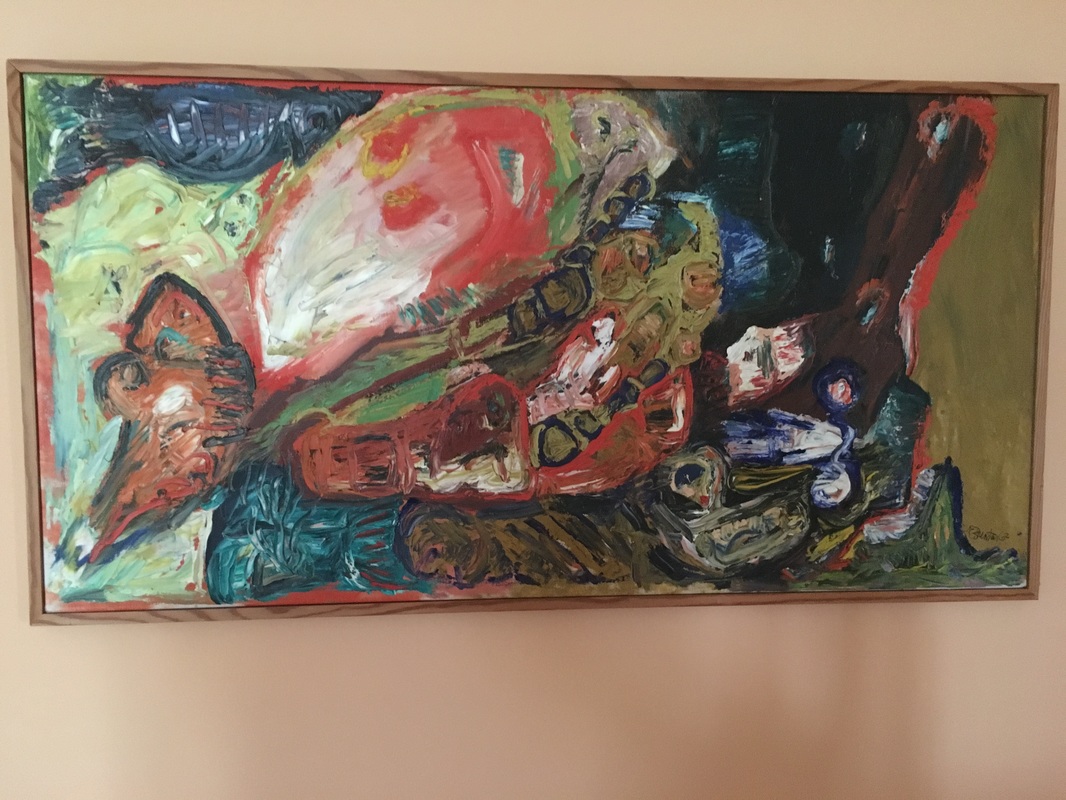
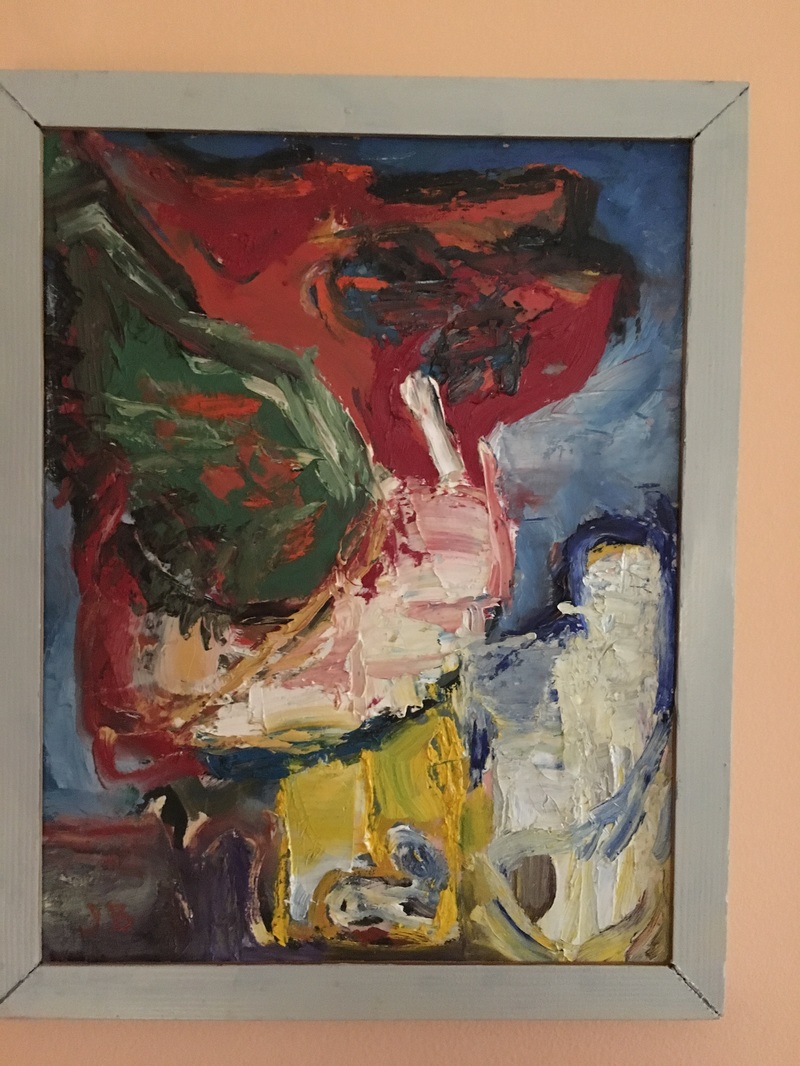
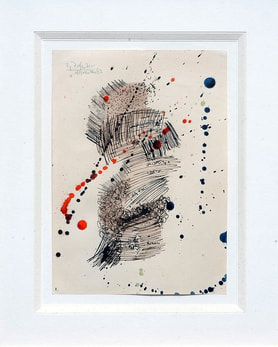
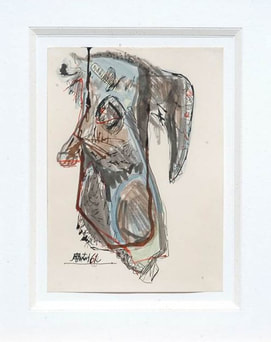
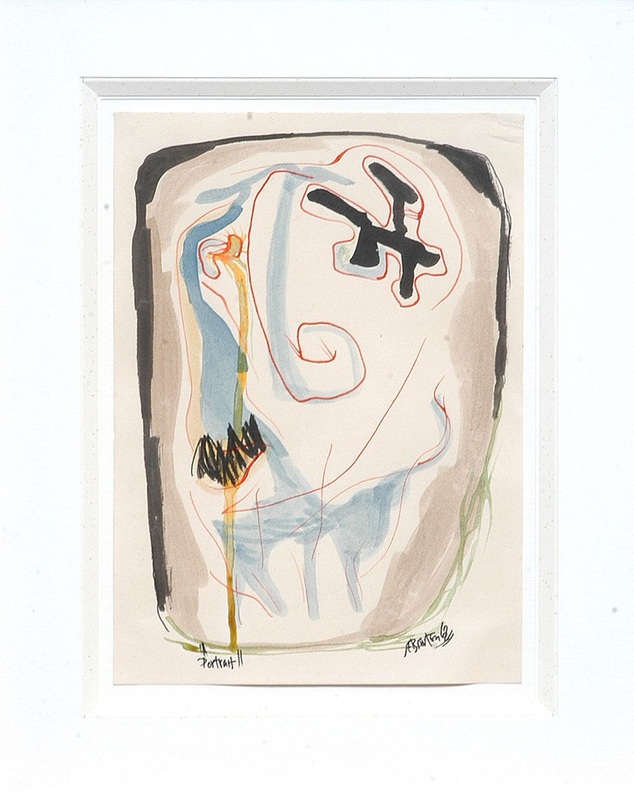
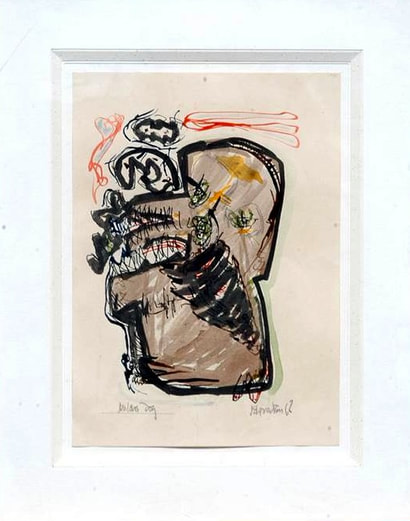
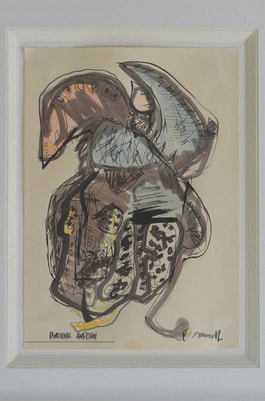
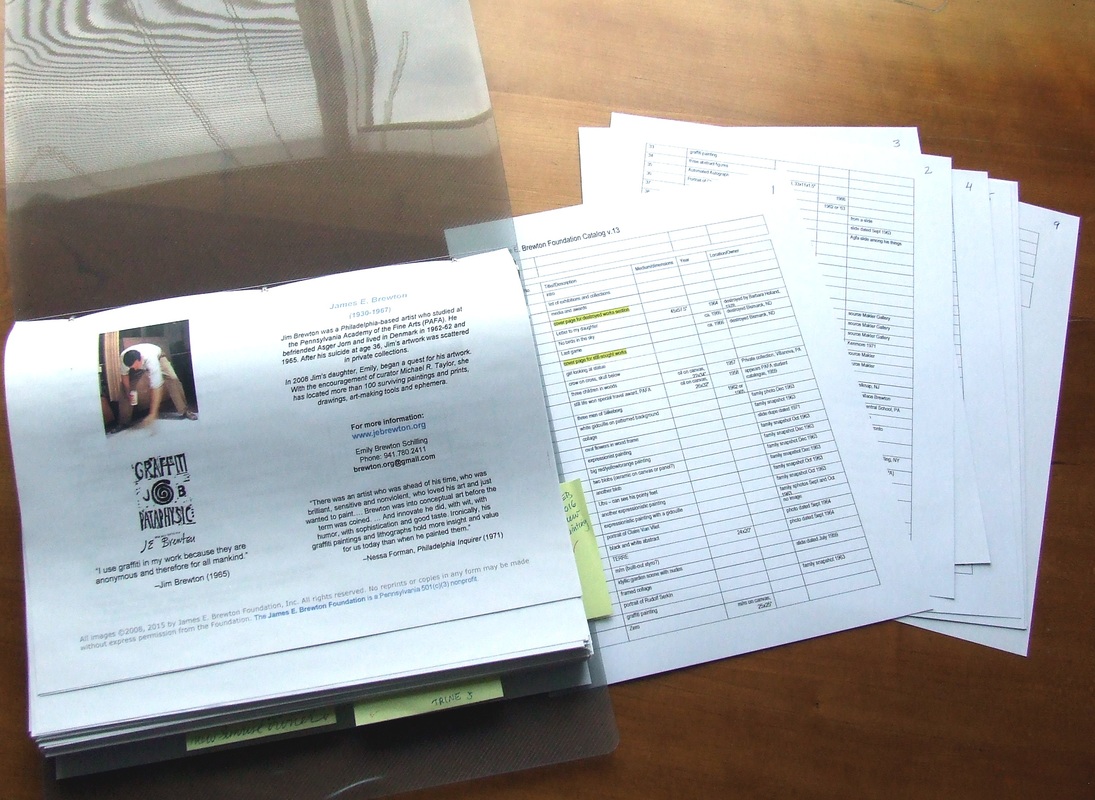
 RSS Feed
RSS Feed